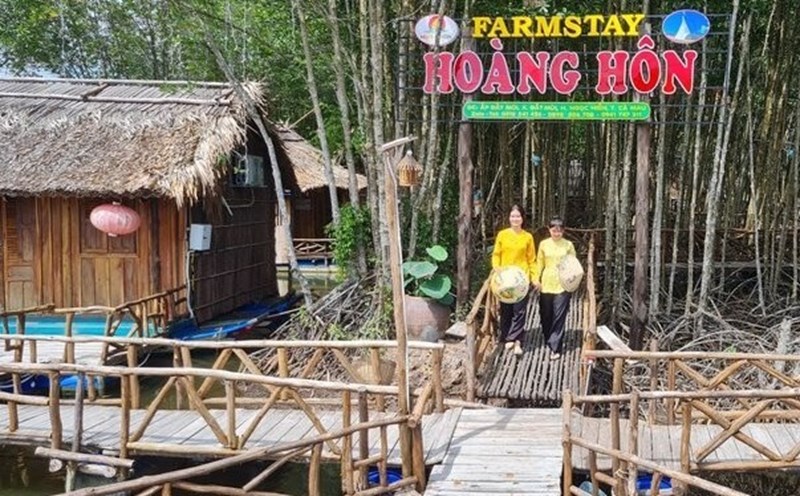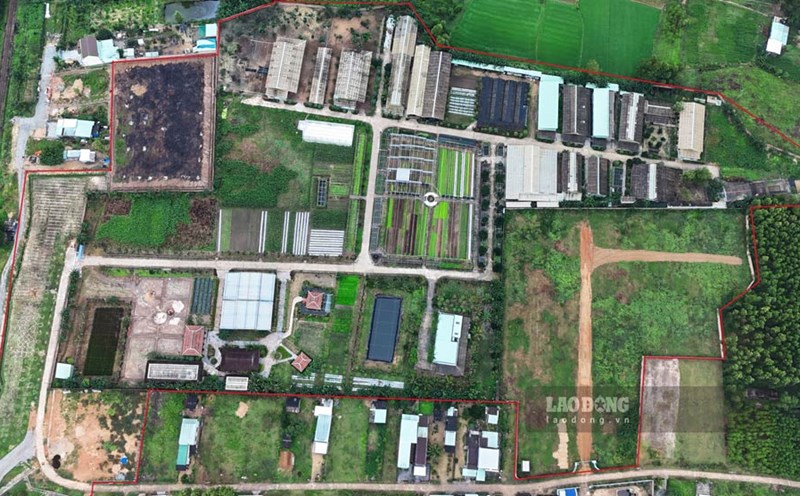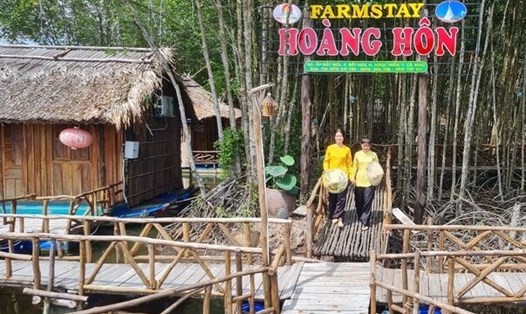Night journey of the "three-way hunters"
In the quiet night, when the tide recedes, flashing flashing flashlights glow at each tree base and leaves. That was the time when the "three-trunk" "hunters" of the Aquaculture Team under the forest canopy in An Thanh Nam commune (Cu Lao Dung district, Soc Trang province) started a night of making a living.
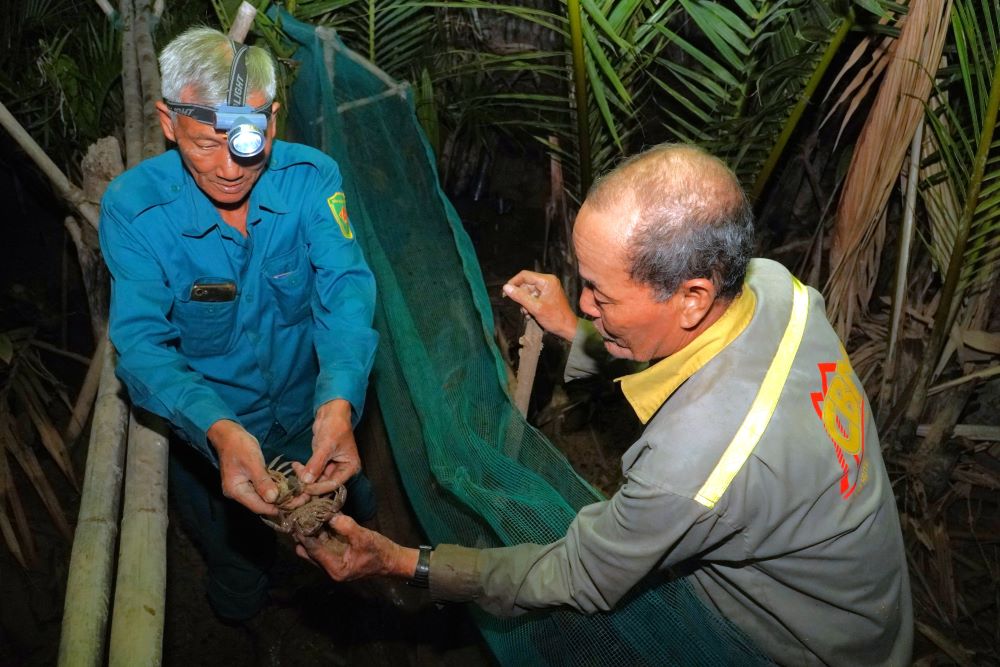
Mr. Lam Van Hon - an experienced "three-chesard hunter", shared: "During the day, three-chesard nests are only in the cave, so it is difficult to catch them. At night, they crawled up the trunks and leaves, so they only needed a flashlight and a handbag to catch them."
Mr. Hon said that his group regularly goes hunting for three-quarters of a-ftre at night. On average, each person can earn 200,000 - 300,000 VND per night. Currently, the price of freshly sliced fruit is about 60,000 VND/kg. If processed into three slices of salt, the price can increase to 100,000-150,000 VND/kg.
Mr. Tran Van Duc - Head of the Aquaculture Team under the forest canopy said - this model has helped increase the income of members of the Team. Each month, each person can earn about 10 million VND by selling three fresh seaweed or processing it into three 3-star OCOP salt sides.
Forest protection, natural resource conservation
Cu Lao Dung district (Soc Trang province) has nearly 1,800 hectares of coastal protection forests and more than 200 hectares of riverside forests, creating a rich mangrove ecosystem. Thanks to the support of non-governmental projects, local authorities have implemented a model of raising three-crop trees under the forest canopy, helping people to exploit and regenerate natural resources appropriately.
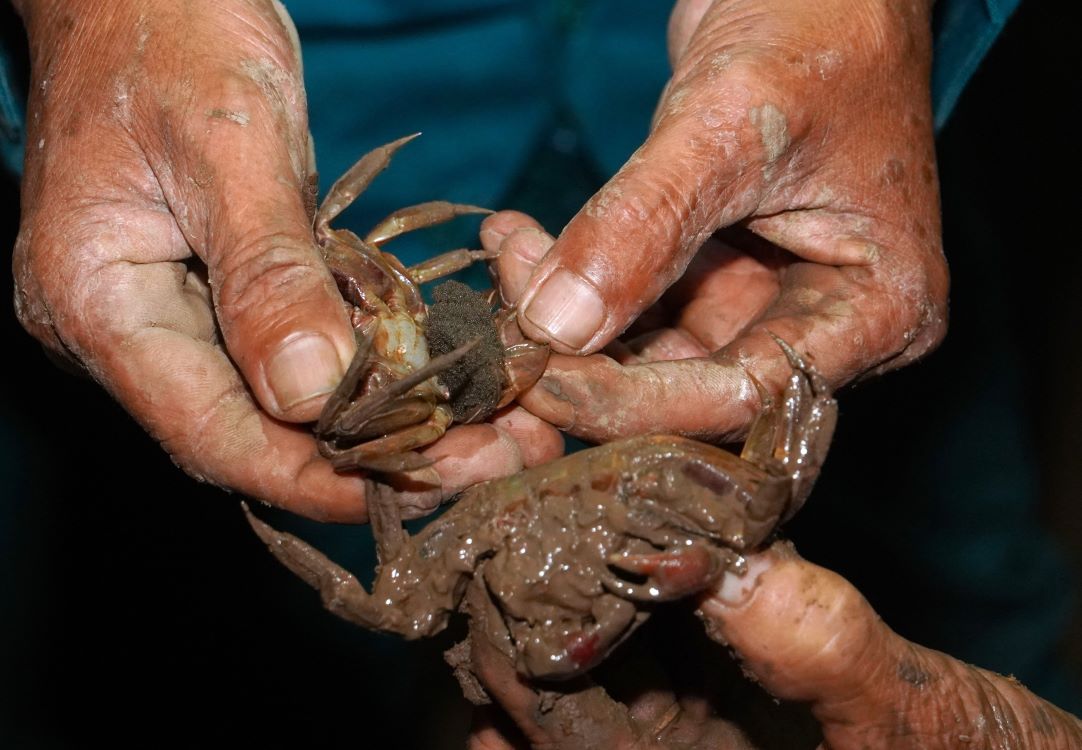
Mr. Lam Van Hon said that the three-season plan has a very good natural reproductive ability. Each adult tripe can lay up to 5,000 eggs, thereby creating an abundant source of natural seeds. The owner only needs to take care of the three children with natural foods such as bran, cold rice or pureed leaves. After 5-6 months, they can be harvested, bringing high income to farmers.
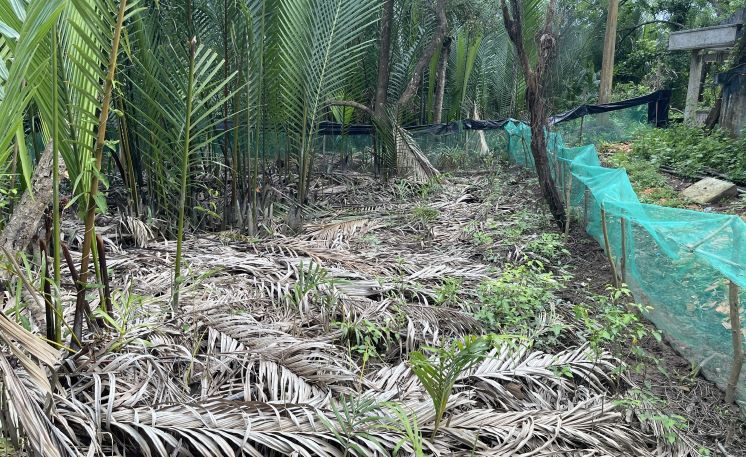
According to the Department of Agriculture and Environment of Cu Lao Dung district, the model of raising three-color crab trees under the forest canopy not only helps people increase their income but also contributes to protecting mangrove forests. The zoning of farming areas helps strictly control exploitation activities, avoiding the situation of over- exploitation that exhauses the source of benefits.
Raising three frog trees under the forest canopy also creates an ideal home environment for this animal, helping them grow and develop well. This contributes to preserving natural three-pronged resources and maintaining the balance of the mangrove ecosystem.


